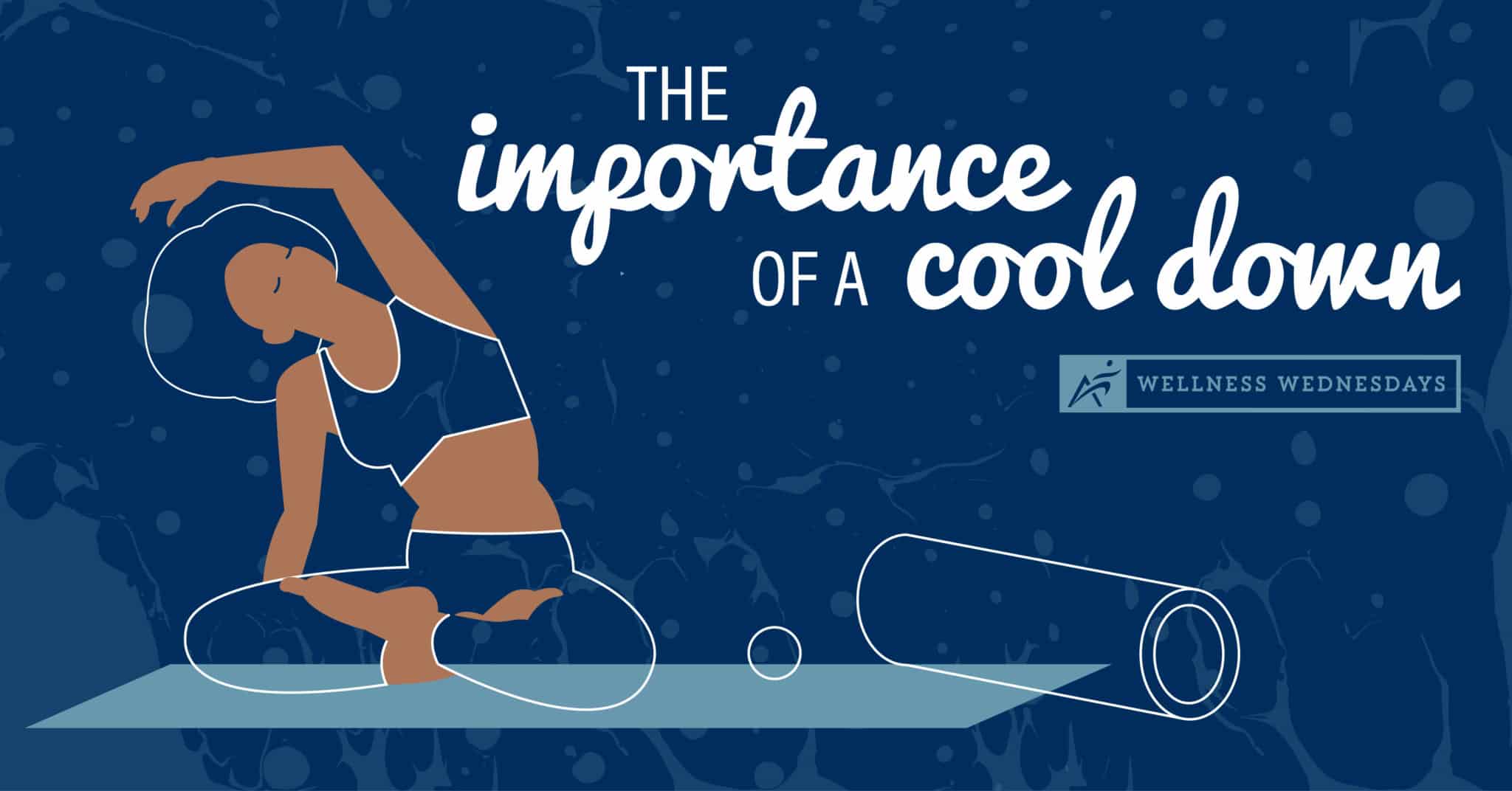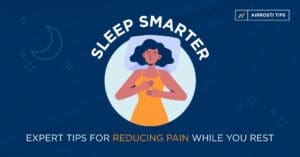A cool down routine plays an essential role in keeping your body pain-free and flexible after a tough workout, especially if you’re trying new exercises or increasing intensity. This Wellness Wednesday, we’re exploring how a good recovery routine can help you reduce post-workout soreness and avoid injuries.
The Benefits Of A Cool Down
Going from a high-intensity workout, like sprints or cycling uphill, to an immediate stop can disrupt your breathing and heart rate. Stopping too soon can throw off your blood circulation, while neglecting to stretch can leave your muscles feeling tired and sore the next day. Adding in a quick recovery routine to the end of your workout can help alleviate these common problems.
Breathing And Heart Regulation
Have you ever had to stop abruptly mid-workout, only to feel suddenly lightheaded, dizzy, and maybe even nauseous? These symptoms often occur when there is an interruption to the pace of the body’s blood and oxygen circulation. Our cardiovascular system works around the clock to carry oxygen and blood through the body. This system works harder and faster during exercise. Your heart beats faster and your body temperature increases to improve efficiency. An abrupt stop can lead to a rapid drop in body temperature and heart rate, which can cause you to feel faint.
It only takes a few extra minutes to focus on cooling your body down to avoid these uncomfortable side effects. Gradually slowing down activity can help keep your blood pumping uninterrupted and regulate your breathing patterns.
Muscle Recovery
One of the more long-term effects of hard exercise is delayed onset muscle soreness, or DOMS. During exercise, a chemical called lactate builds up in the muscles. Its primary job is to speed up the body’s energy production and efficiency during exercise. However, the production of this lactate combined with heavy exertion from exercise can cause your muscles to burn. If the muscles are stressed and worked to the point of overexertion, it can elicit a more extreme response from the body, resulting in swelling and soreness that can affect the muscles even days after the activity.
A cool down routine comprising of low-intensity exercises followed by calming stretches can help improve recovery and reduce the effects of DOMS. After heavy exercise, take a few minutes to do some low-intensity movement to give your body time to adapt to the changing pace.
Post-Workout Recovery Routines
An effective cool down routine can be as simple as slowing down for a five-minute walk after a run, or doing a few yoga stretches after an especially challenging workout. An effective cool down should be low intensity, relatively short, and stress-relieving.
You can also take the normal cool down routine to the next level by using recovery tools like a foam roller or lacrosse ball to further break up adhesions and release tension buildup. Using these tools allows you to target specific muscle groups you may have neglected to stretch out.
Recover Faster With Airrosti
If pain has been keeping you from exercising as much as you’d like, schedule an appointment with Airrosti. Our providers can help pinpoint and treat the underlying cause of your pain for long-term relief. We also equip you with knowledge and tools that can help speed up recovery time and prevent future injuries.
Prefer to recover from home? Consider scheduling a remote telehealth appointment. With telehealth, we can deliver our expertise directly to you.
Call us at (800) 404-6050 to learn more.
Read our Medical Disclaimer here.









